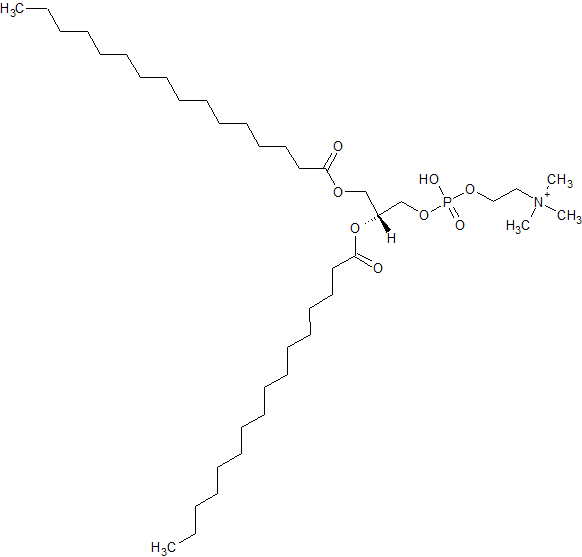Morgan Gulley
Jump to navigation
Jump to search
Background
Morgan Gulley was born on November 15, 1994 to James Earl Gulley Jr. and Julie Marie (Kerr) Gulley. She is a student at Monmouth College in Monmouth, Illinois. She is Audra Sostarecz's research group. She created her own research project in the summer of 2014 before her sophomore year of college. She is still continuously working on this project. The research she has done has been presented at the National American Chemical Society (ACS) Conference in the spring of 2015. In the fall of 2015 she gave a research talk at her Regional ACS Conference in St. Ambrose.
National ACS Conference 2016
|
|
